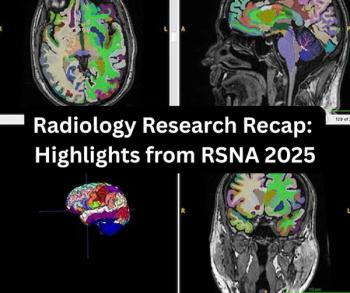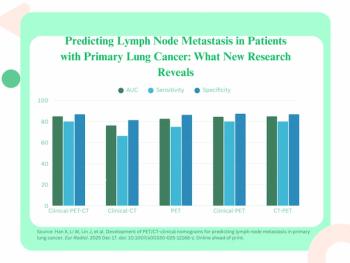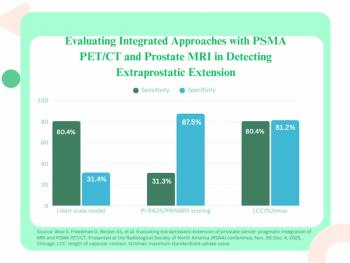
Journal Review for September
Journal articles this month include a comparison of anesthesia required for RFA versus cryoablation and a new method to protect adjacent tissues from thermal injury.
Journal articles this month include a comparison of anesthesia required for RFA versus cryoablation and a new method to protect adjacent tissues from thermal injury.
Liver transplantation
Ablation therapy in containing extension of hepatocellular carcinoma: A simulative analysis of dropout from the waiting list for liver transplantation
Liver Transpl 2005;11(5):508-514
The Japanese study analyzed the prognosis of 288 HCC patients with relatively preserved liver function who were treated with ablation therapy between 1997 and 2001, concentrating on whether they subsequently remained in the criteria, and analyzed the risk factors of dropout. The overall dropout rate was 9% and 32.8% at one and three years, respectively, and that due to tumor progression was 6.2% and 23%. The authors conclude that local ablation therapy for HCC is effective in containing the tumor progression within the Milan criteria in selected patients.
Pain control
Pain control requirements for percutaneous ablation of renal tumors: cryoablation versus radiofrequency ablation - initial observations
Radiology 2005;237:366-370
The authors compare the amount and type of anesthesia required by patients undergoing cryoablation of renal tumors versus RFA of renal tumors. There was no difference in terms of demographics, tumor diameter, or distribution of central versus noncentral lesions between the two groups. The authors found that cryoablative patients experienced less pain and required less anesthetic than the RFA group. Of the 14 patients who underwent RFA, one required general anesthesia, one required supplemental narcotics and sedatives, and one became apneic for a brief interval after receiving additional narcotics for pain during the procedure. An additional RF session was terminated early in one patient because of pain. None of the 10 cryoablation patients needed any additional or alternate anesthetics. The authors recommend further evaluation of the issue.
New methods
The evolving role of staging laparoscopy in the treatment of colorectal hepatic metastasis
Arch Surg 2005;140:727-734
The authors evaluated the effect of staging laparoscopy (SL) using intraoperative ultrasonography (IOUS) on the regional treatment of isolated hepatic colorectal metastasis. In a review of 136 patients who had been diagnosed with isolated hepatic disease after CT or PET scans, the authors found that SL/IOUS changed the treatment plan in 48% of cases and significantly altered the treatment plan in 23% of cases. These altered treatment plans led to RFA in 78 cases. The authors conclude that SL/IOUS avoids unnecessary laparotomies and influences definitive surgical intervention in a substantial proportion of patients.
Radiofrequency ablation combined with CO2 injection for treatment of retroperitoneal tumor: protecting surrounding organs against thermal injury
AJR 2005;185:890-893
This Japanese team injected CO2 to provide a buffer between tumors and adjacent structures to avoid thermal injury and the heat-sink effect. The authors completely ablated a retroperitoneal tumor without thermal injury and conclude that percutaneous CO2 injection can be useful in preventing thermal injury while achieving complete ablation of the tumor during RFA.
Newsletter
Stay at the forefront of radiology with the Diagnostic Imaging newsletter, delivering the latest news, clinical insights, and imaging advancements for today’s radiologists.



























